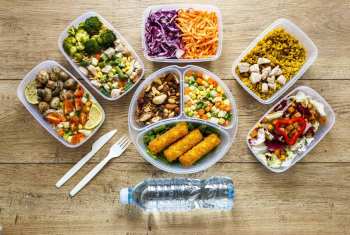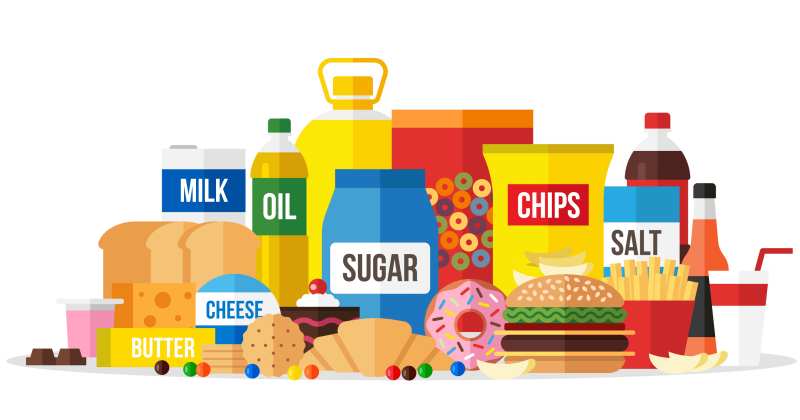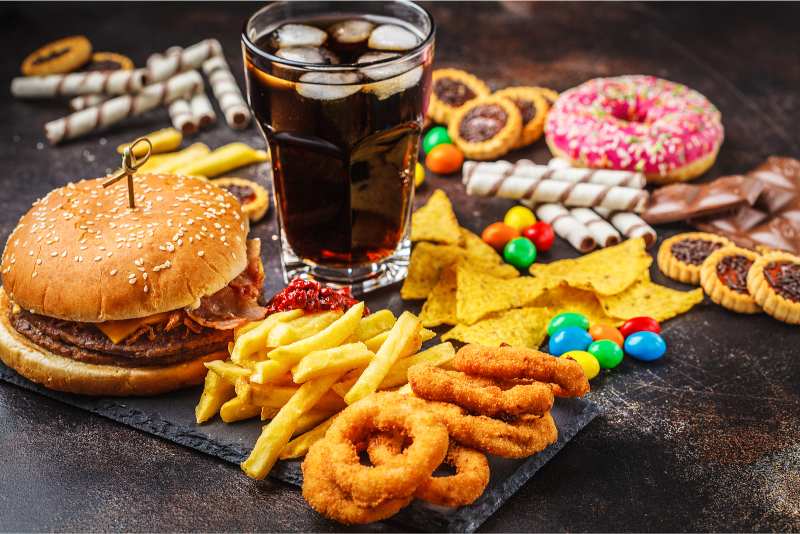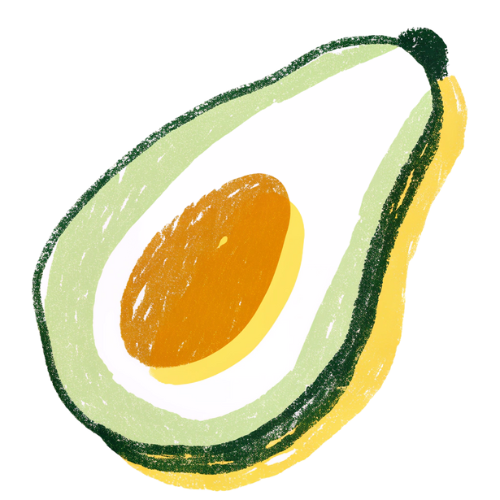Introduction
Starting the ketogenic diet might sound intimidating, but once you understand the fundamentals, it becomes a straightforward and sustainable way of eating. If weight loss, increased energy, or improved metabolic health is your goal, keto can be an effective solution. In this guide, we’ll walk through the key steps to get started, what to expect, and how to avoid common mistakes.
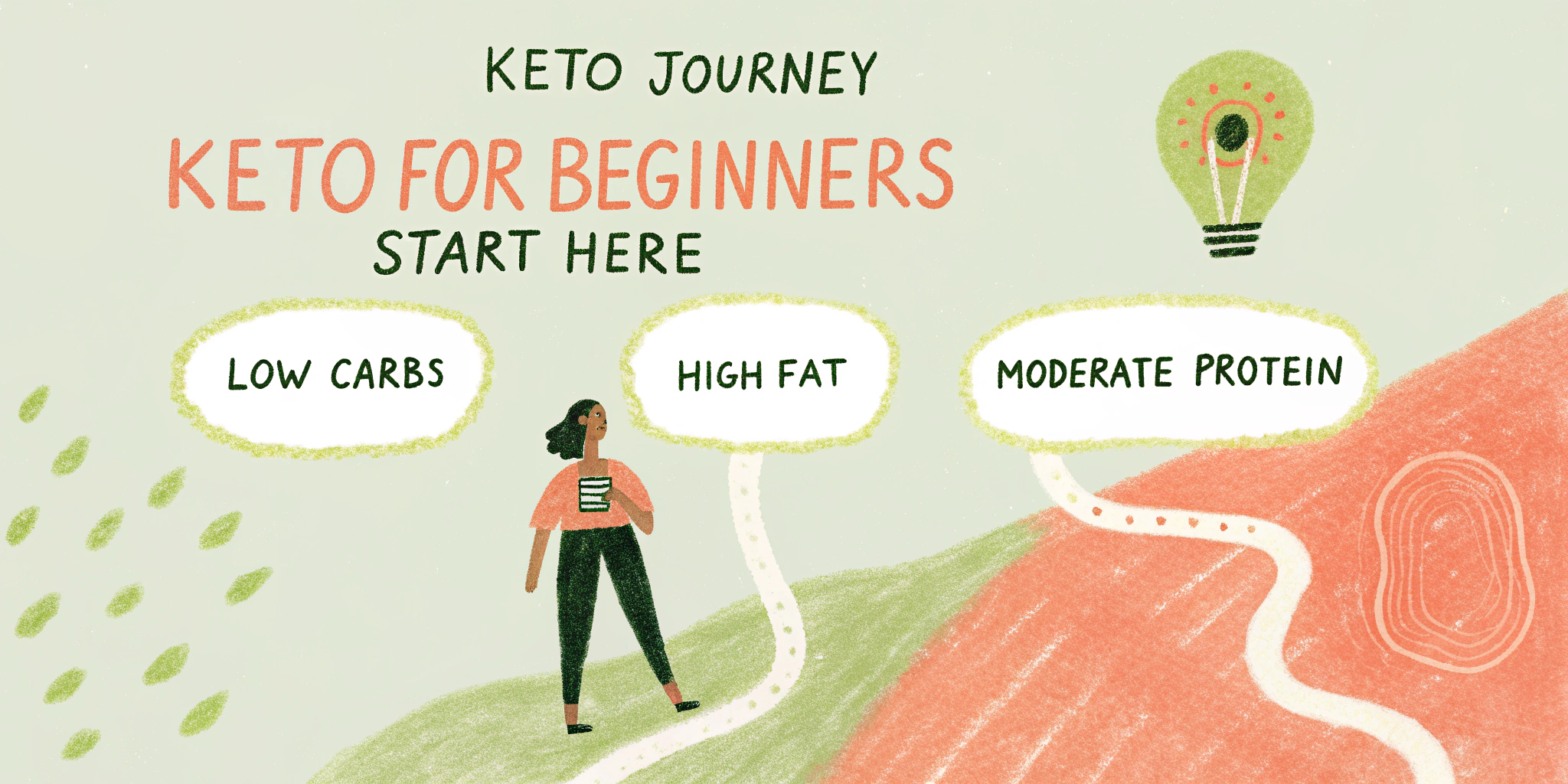
Understanding Keto: The Essentials
The ketogenic diet is a low-carb, high-fat approach that shifts your body’s primary energy source from carbohydrates to fat. Instead of relying on glucose (sugar from carbs), your body enters a state called ketosis, where it efficiently burns stored fat for fuel.
To maintain ketosis, you’ll need to follow a specific macronutrient ratio:
- 70-80% Fat: Fatty fish, nuts, olive oil, butter, avocados
- 15-25% Protein: Meat, poultry, seafood, eggs, cheese
- 5-10% Carbohydrates: Leafy greens, non-starchy vegetables, small portions of berries
By keeping your daily carbohydrate intake low (typically under 50g), your body will transition away from sugar-burning and start using fat for energy.
Step 1: Clear Out High-Carb Foods
One of the most crucial steps before starting keto is removing high-carb foods that may tempt you. Here’s what to eliminate:

- Avoid These Foods:
- Sugary foods (soda, candy, pastries, fruit juices)
- Grains (bread, pasta, rice, cereal)
- Starchy vegetables (potatoes, corn, carrots)
- High-carb fruits (bananas, apples, oranges)
- Processed and junk foods (chips, fast food, refined oils)
Instead, stock up on keto-friendly alternatives like healthy oils, quality meats, eggs, and low-carb vegetables to set yourself up for success.
Step 2: Plan Your Meals & Grocery List
Meal planning is essential for staying on track with keto. Creating a grocery list before shopping will help you avoid impulse purchases and focus on nutrient-dense, keto-friendly foods.
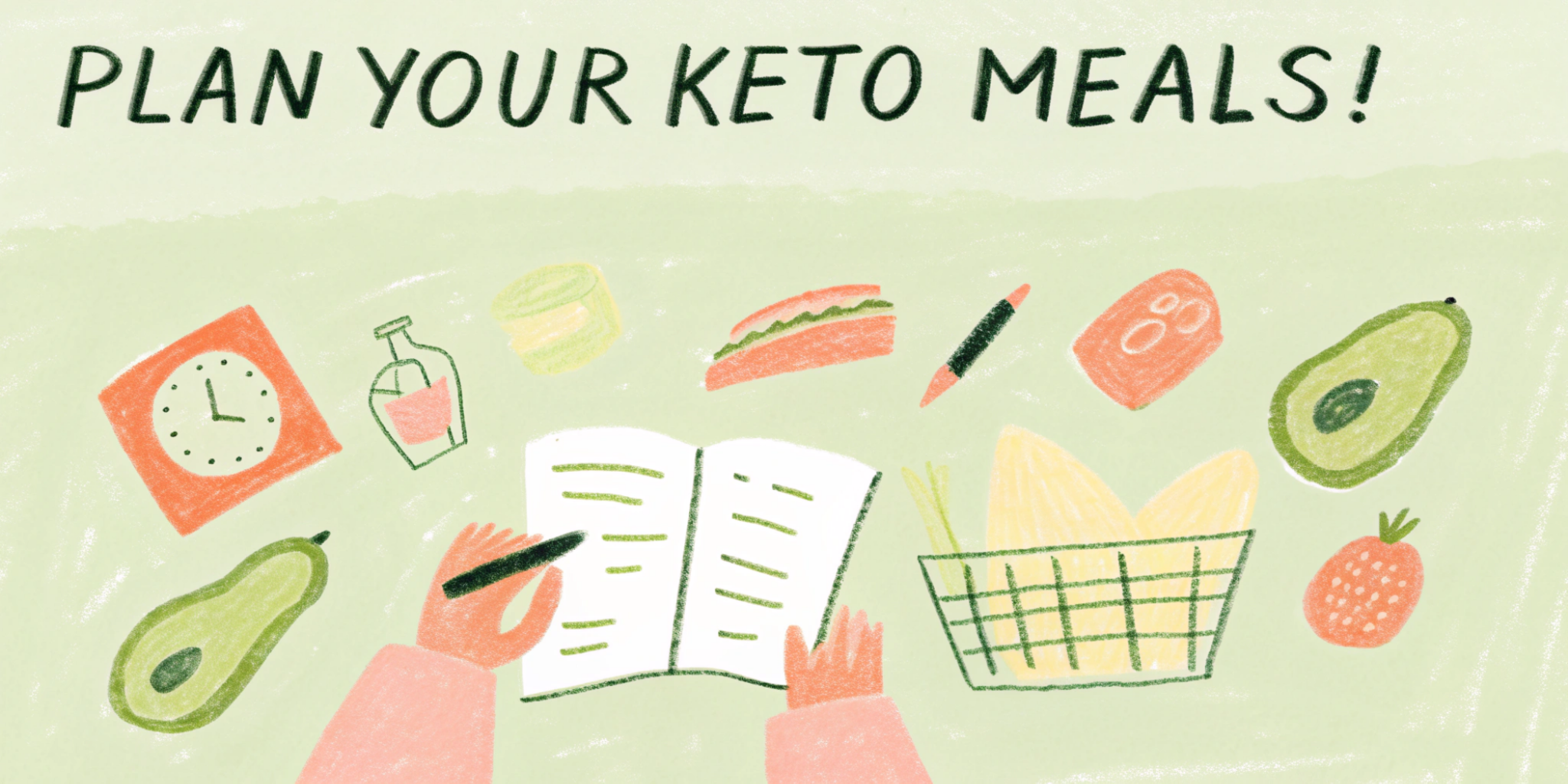
- What to Eat on Keto:
- ✔ Healthy Fats – Avocados, olive oil, butter, nuts, coconut oil
- ✔ Protein – Meat, poultry, fish, eggs, full-fat dairy
- ✔ Low-Carb Vegetables – Leafy greens, broccoli, cauliflower, zucchini
- ✔ Nuts & Seeds – Almonds, walnuts, chia seeds
- ✔ Berries (in moderation) – Strawberries, raspberries, blackberries
A simple way to structure meals is to include one protein, one fat, and one low-carb vegetable per plate.
Step 3: Prepare for the Keto Adaptation Phase
As your body transitions from burning carbs to burning fat, you may experience temporary side effects known as the keto flu. This happens because your body is adapting to using fat as its main energy source.

- Common Symptoms of Keto Adaptation:
- Fatigue and brain fog
- Headaches
- Sugar cravings
- Muscle cramps
- Irritability
How to Reduce Keto Flu Symptoms:
- Stay Hydrated – Dehydration is common, so aim for 2-3 liters of water daily.
- Increase Electrolytes – Add Himalayan salt, potassium, and magnesium to prevent muscle cramps.
- Eat Enough Fat – Don’t fear fat—it’s now your primary energy source.
- Get Quality Sleep – Lack of sleep can make adaptation symptoms worse.
Conclusion: Your Keto Journey Starts Now
Starting keto doesn’t have to be overwhelming. By following these steps—eliminating carbs, planning meals, preparing for adaptation, and tracking progress—you can set yourself up for success. As you embark on your keto journey, keep in mind that everyone’s experience is unique, and you may need to make adjustments along the way.
Our platform is designed to support you with tools that make navigating your dietary changes smoother and stress-free. Explore at your own pace, discover new favorite foods, and even share your keto successes and challenges with our community.

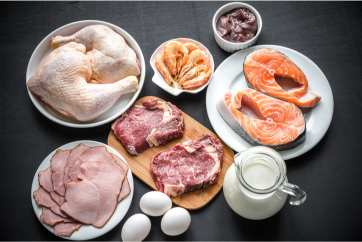 Animal-Based Foods
Animal-Based Foods 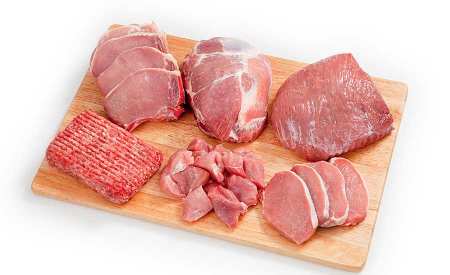


 Fruits & Vegetables
Fruits & Vegetables 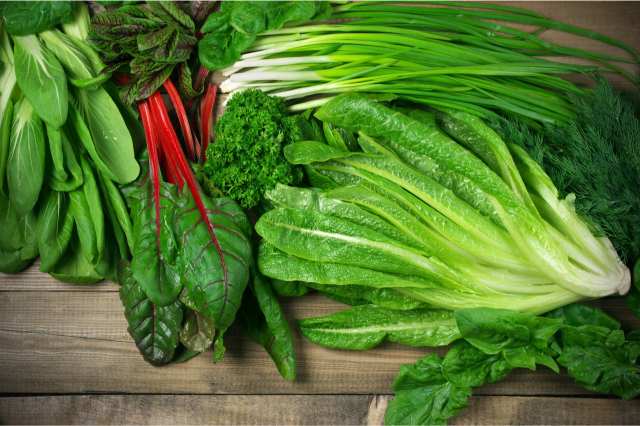

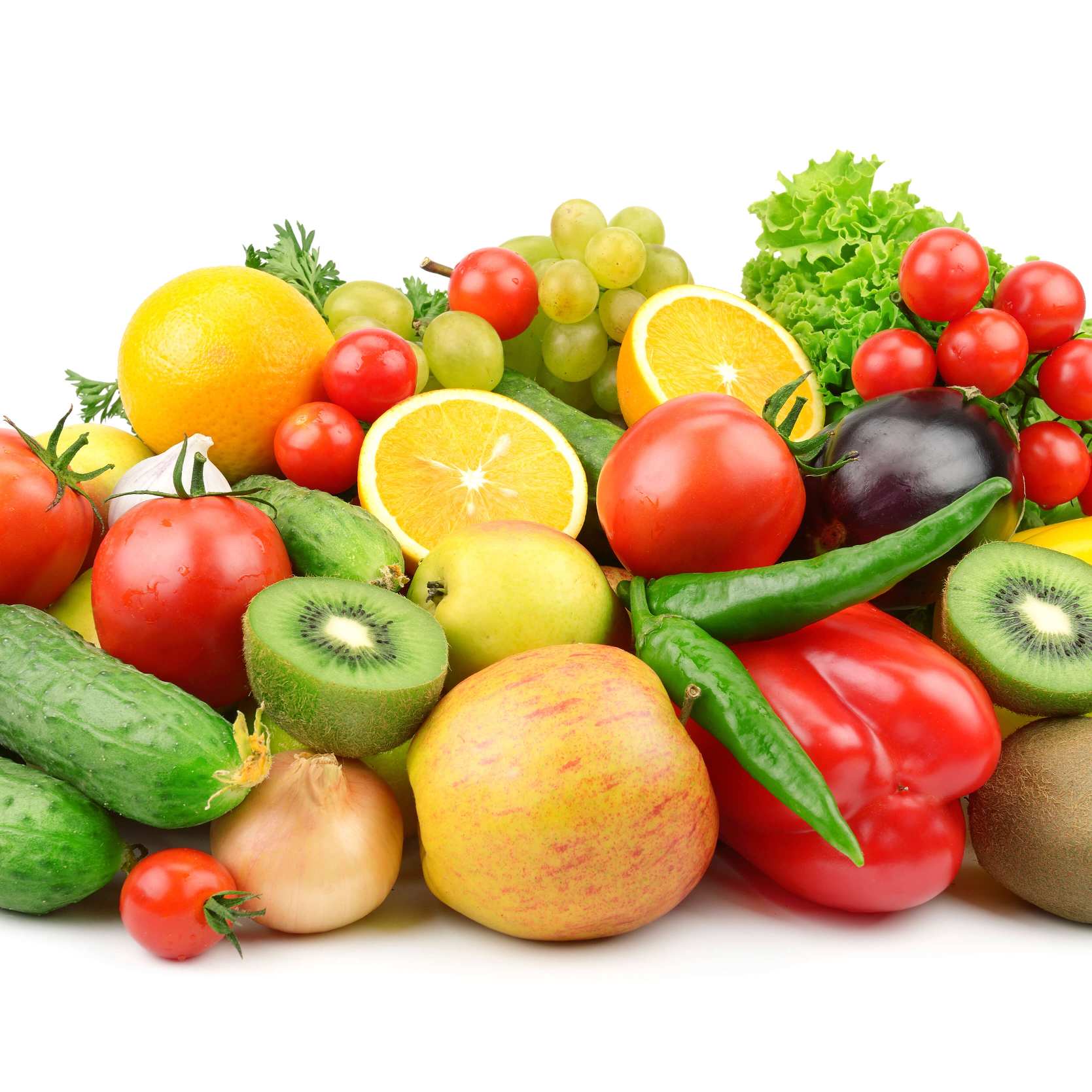
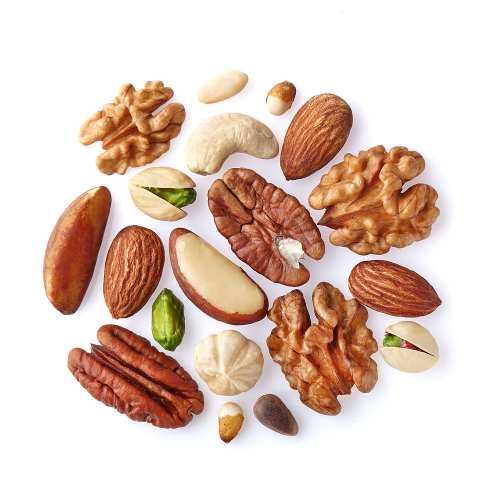 Nuts, Seeds & Grains
Nuts, Seeds & Grains 

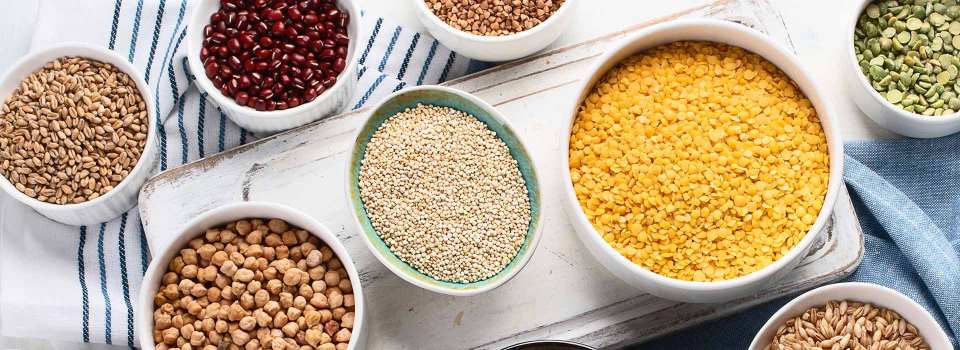
 Beverages
Beverages 

 Oils, Sauces & Condiments
Oils, Sauces & Condiments 



 Packaged & Processed Foods
Packaged & Processed Foods 
